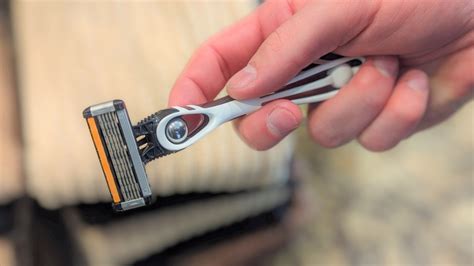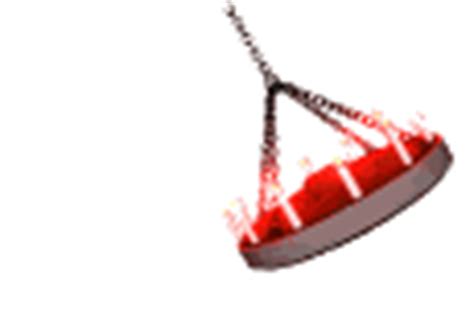Optimize your shave: How to prevent razor burn for peak professional look?

Razor burn can be a painful, unsightly nuisance, turning what should be a routine grooming step into a source of discomfort and an impediment to a polished professional image. Those red, inflamed bumps and irritation detract from even the sharpest suit and most confident demeanor. Fortunately, achieving a consistently smooth, razor burn-free shave is entirely within reach with the right techniques and products. This guide will walk you through the essential steps to optimize your shaving routine, ensuring you always present your best, most professional self.
Preparation is Key to a Smooth Start
The foundation of a great shave begins long before the razor touches your skin. Proper preparation softens the hair and opens pores, making the blades’ job much easier and reducing friction. Start by washing your face with warm water and a gentle cleanser or facial scrub to remove dirt, oil, and dead skin cells. This not only cleanses but also exfoliates, lifting hairs away from the skin and preventing ingrown hairs. A warm shower before shaving is ideal, as the steam helps to further soften whiskers.
Consider applying a pre-shave oil. These oils create a protective barrier on the skin, allowing the razor to glide more smoothly and reducing tugging and pulling. A small amount massaged into your beard area is sufficient.

Choose the Right Tools for the Job
Your razor and shaving cream are critical components in preventing razor burn. Dull blades are a primary culprit for irritation, as they drag and pull at the hair instead of cutting cleanly. Replace your razor blade or cartridge every 5-7 shaves, or sooner if you feel any tugging. For those prone to razor burn, a single-blade safety razor can sometimes be less irritating than multi-blade cartridges, as it reduces the number of times a blade passes over the skin.
Invest in a high-quality shaving cream or gel. Look for products that generate a rich, thick lather, providing ample cushioning and lubrication. Avoid products with excessive alcohol or strong fragrances, which can dry out and irritate sensitive skin.

Mastering Your Shaving Technique
How you shave is just as important as what you shave with. Always shave with the grain of your hair growth, which means in the direction your hair naturally grows. Shaving against the grain might give you a closer shave, but it significantly increases the risk of razor burn and ingrown hairs, especially for those with sensitive skin. If you need a closer shave, consider a second pass across the grain, but never directly against it, and always reapply shaving cream.
Use short, light strokes. Let the razor do the work – there’s no need to apply excessive pressure. Rinse your razor frequently under warm water to clear away accumulated hair and shaving cream, ensuring a clean cutting surface. For sensitive areas like the neck, stretch the skin taut with your free hand to create a flatter surface for the blade.

Post-Shave Care: The Finishing Touch
Your post-shave routine is crucial for soothing the skin and preventing irritation. Immediately after shaving, rinse your face with cool water. This helps to close pores and calm any immediate redness. Gently pat your skin dry with a clean, soft towel – do not rub vigorously.
Next, apply an alcohol-free aftershave balm or moisturizer. Alcohol-based aftershaves can strip natural oils, leading to dryness and irritation. A balm, lotion, or serum with soothing ingredients like aloe vera, witch hazel, or chamomile will hydrate, reduce inflammation, and protect your skin. Regular moisturizing helps maintain skin elasticity and reduces the likelihood of future irritation.

Addressing Persistent Issues and Maintaining Your Look
If you still experience persistent razor burn or ingrown hairs, consider a few additional steps. Exfoliate regularly (2-3 times a week) to prevent dead skin cells from trapping hair. For very sensitive skin, experimenting with different shaving methods, like electric shavers, or reducing shaving frequency might be beneficial. Ensure your shaving environment is clean and your tools are stored properly to avoid bacterial growth.
By integrating these practices into your daily grooming regimen, you’ll not only achieve a consistently smooth and comfortable shave but also maintain a pristine, professional appearance that speaks volumes about your attention to detail and personal care. Say goodbye to razor burn and hello to peak confidence.










